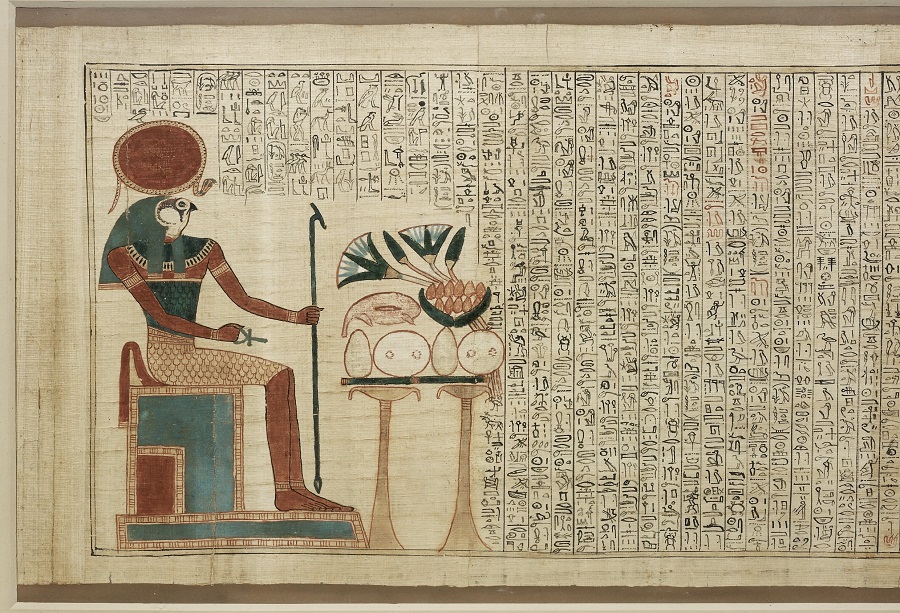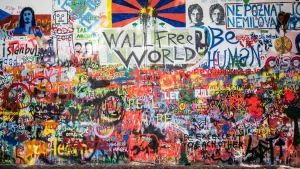Graffiti, once dismissed as mere vandalism, has evolved into a dynamic and influential form of artistic expression that captivates and challenges viewers around the world. From its humble beginnings as a subversive act of rebellion to its recognition as a legitimate art form. Graffiti has transcended boundaries and inspired generations of artists, activists, and enthusiasts. In this blog, we delve into the vibrant world of graffiti, exploring its history, culture, and enduring impact on contemporary art and society.
A Brief History of Graffiti
Graffiti traces its roots back to ancient civilizations, where inscriptions and drawings were etched onto walls and surfaces as a form of communication and expression. However, the modern graffiti movement emerged in the late 1960s and early 1970s in urban centers like New York City and Philadelphia. Influenced by hip-hop culture, street art, and social activism, graffiti artists began using spray paint to create elaborate murals, tags, and pieces in public spaces, challenging conventional notions of art and ownership.
Artistic Expression and Self-Identity
At its core, graffiti is a form of artistic expression that reflects the diverse voices, experiences, and perspectives of its creators. From bold lettering and intricate designs to political statements and personal narratives, graffiti artists use their work to reclaim public spaces, challenge social norms, and assert their individuality. Graffiti serves as a powerful tool for self-expression, allowing artists to communicate their thoughts, emotions, and identities to a wider audience.
Community and Collaboration
Graffiti thrives within tight-knit communities and subcultures, where artists come together to share ideas, techniques, and experiences. Whether through informal gatherings, graffiti jams, or organized events, these communities foster a sense of camaraderie and mutual support among artists. Collaboration is also a fundamental aspect of graffiti culture, with artists often working together to create large-scale murals, collaborations, and interventions that transcend individual styles and boundaries.
Urban Intervention and Social Commentary
Graffiti has long been associated with urban intervention and social commentary, with artists using their work to address pressing issues such as politics, inequality, and environmental degradation. Whether through provocative slogans, satirical imagery, or poignant messages, graffiti serves as a powerful form of activism and protest, challenging viewers to confront uncomfortable truths and engage with pressing social issues.
Transformation of Public Spaces
One of the most significant aspects of graffiti is its ability to transform mundane and neglected spaces into vibrant works of art. By reclaiming walls, buildings, and urban landscapes as their canvas, graffiti artists inject color, energy, and creativity into urban environments, revitalizing neglected areas and sparking dialogue among residents and visitors alike. Graffiti has the power to redefine the way we perceive and interact with our surroundings, turning ordinary spaces into sites of beauty, inspiration, and contemplation.
Recognition and Mainstream Acceptance
In recent years, graffiti has gained increased recognition and mainstream acceptance as a legitimate form of art. Galleries, museums, and cultural institutions around the world have showcased graffiti exhibitions, recognizing its artistic merit and cultural significance. Artists such as Banksy, Shepard Fairey, and Keith Haring have achieved international acclaim for their contributions to the graffiti movement, further legitimizing graffiti as a respected art form.
Challenges and Controversies
Despite its growing acceptance, graffiti continues to face challenges and controversies, particularly regarding issues of legality, property rights, and cultural appropriation. Many municipalities have implemented strict anti-graffiti laws and policies, leading to the criminalization and marginalization of graffiti artists. Additionally, debates persist regarding the commercialization and commodification of graffiti, with some arguing that it undermines the authenticity and integrity of the movement.
Conclusion
Graffiti is more than just paint on a wall. It is a vibrant and dynamic form of artistic expression that reflects the diverse voices, experiences, and struggles of its creators. From its origins as a subversive act of rebellion to its recognition as a legitimate art form. Graffiti has transcended boundaries and inspired generations of artists, activists, and enthusiasts. As we explore the rich and complex world of graffiti. We are reminded of its enduring impact on contemporary art and society and the power of creativity to transform our world.





Pingback: Connecting Art Enthusiasts with Creators: LANZART Approach to Art Appreciation – Dawn Magazine